The U.S. Air Force is in the midst of a major review of its tactical aircraft fleets. This includes investigating the possibility of using drones equipped with the artificial intelligence-driven systems being developed under the Skyborg program as red air adversaries during training, and potentially in the light attack role. The service is also exploring a potential purchase of new F-16 fighter jets, likely based on the Block 70/72 variant, two decades after the service ordered its last Vipers as it shifted focus to the F-35A Joint Strike Fighter.
In an interview with Steve Trimble, Aviation Week’s Defense Editor and good friend of The War Zone, earlier this month, which you can find here, now-former Assistant Secretary of the Air Force for Acquisition, Technology, and Logistics, Will Roper, provided insight into the ongoing tactical aircraft review, including particularly intriguing comments about forthcoming unmanned aircraft system programs and buying additional F-16s. These and other ideas are being scrutinized as the service looks toward its Fiscal Year 2023 budget request, which, barring any complications, would be unveiled in the spring of 2022.
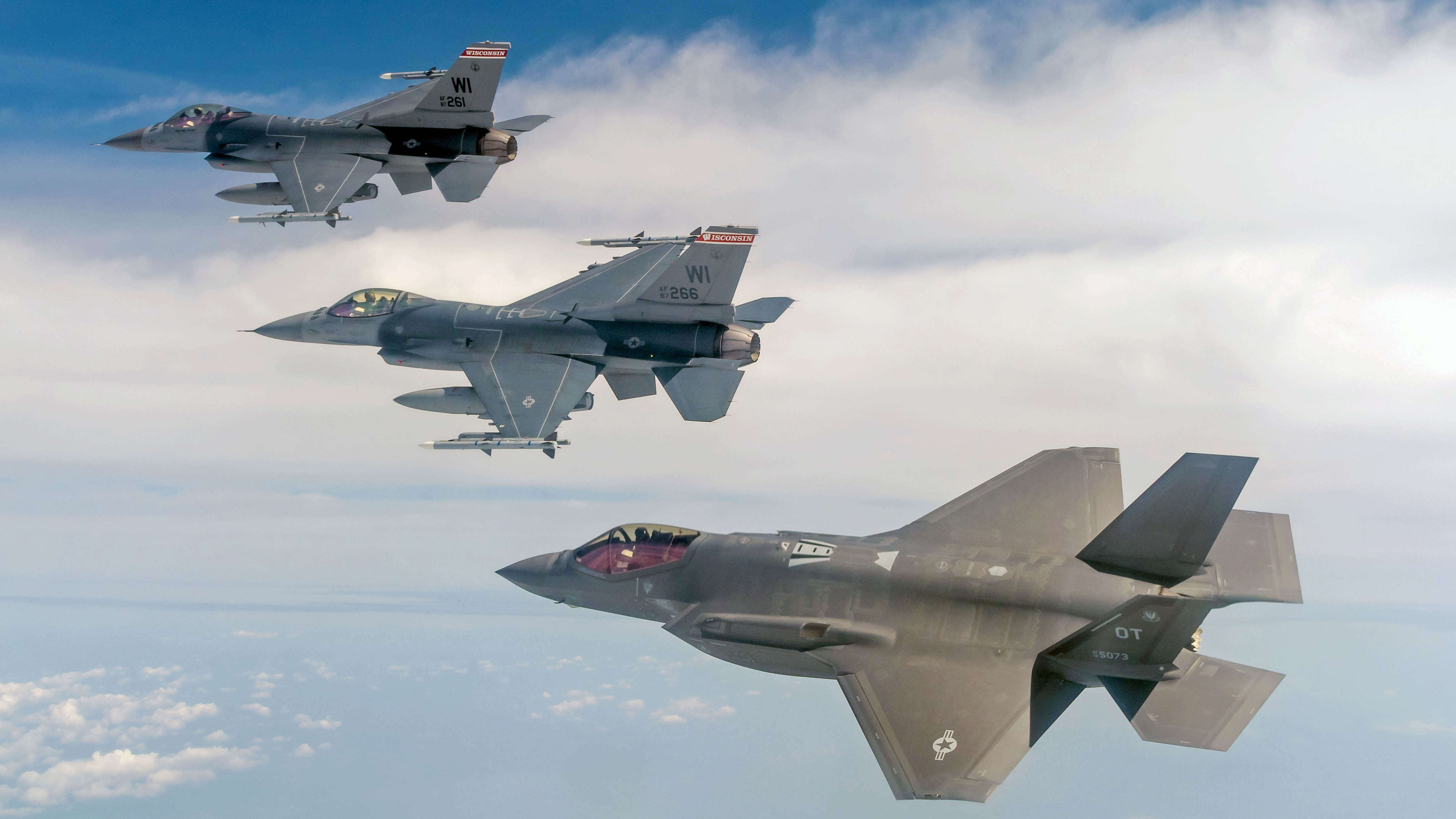
Roper had been the chief architect and advocate of the Air Force’s Skyborg program, which the service revealed in 2019, and is developing a suite of new autonomous capabilities for unmanned aircraft with a heavy focus on artificial intelligence (AI) and machine learning. The service has said that the goal is to first integrate these technologies into lower-cost loyal wingman type drones designed to work together with manned aircraft, but that this new “computer brain” might eventually control fully-autonomous unmanned combat air vehicles, or UCAVs.

The Skyborg effort has been heavily linked to other Air Force programs that are exploring unmanned aircraft designs that are “attritable.” This means that they would be cheap enough for commanders to be more willing to operate these drones in riskier scenarios where there might be a higher than average probability of them not coming back.
With this in mind, Skyborg technology has previously been seen as ideal for unmanned aircraft operating in higher-threat combat environments. However, in the interview with Aviation Week, Roper suggested that they might also first serve in an adversary role. In this way, these unmanned aggressors would test combat aircrew, either standing in for swarms of enemy drones or conducting the kinds of mission profiles for which an autonomous control system would be better suited.
As the proliferation of advanced drone capabilities continues, adversary drone training systems will become a pressing capability. Even using drones to stand in for or augment manned adversary platforms is one of the potential solutions to the problem of needing far more targets in the air at one time to stress fleet pilots. Operating huge fleets of manned adversaries is highly cost-prohibitive. For example, Air Combat Command shortlisted seven companies for a combined total of $6.4 billion of potential aggressor contract work in 2019; details of the first five bases to receive this support were revealed last year, as The War Zone reported at the time. Other solutions, including augmented reality, are being looked at to solve this problem, as well. You can read more about this issue in this past exclusive of ours.
“I think, at a minimum, attritables ought to take on the adversary air mission as the first objective,” Roper said. “We pay a lot of money to have people and planes to train against that do not go into conflict with us. We can offload the adversary air mission to an artificially intelligent system that can learn and get better as it’s doing its mission.”
Roper’s specific mention here of attritable drones is interesting and could perhaps hint that the manned aircraft they would battle with might, at least on some occasions, also shoot them down. If that were to become a reality, it would provide pilots with a highly realistic element to their training that would potentially be far more valuable than the relatively “canned” type of live-fire gunnery or missile firing that they are exposed to today. The Air Force Research Laboratory (AFRL) is already in the midst of an effort, separate from Skyborg, to develop an autonomous unmanned aircraft that uses AI-driven systems with the goal of having it duel with a human pilot in an actual fighter jet by 2024.

Roper also clearly sees the use of drones equipped with the Skyborg suite of systems as a potential way to bring down the cost of the entire red air training enterprise, reducing the requirement to procure more expensive manned aircraft and teach the instructors required to fly them.
Beyond cost-saving, however, there is still a demand for higher-end red air capabilities, especially stealthy ones, that contractors can’t really provide. This is one of the reasons why early-model F-35s have been chosen to equip a future aggressor squadron. While this will go some way to meeting the demand for advanced threat simulation, it is likely to be a limited and costly fleet. Stealthy, but attritable drones, such as the XQ-58 Valkyrie, would certainly be a possibility for adding additional capacity here at a lower cost.
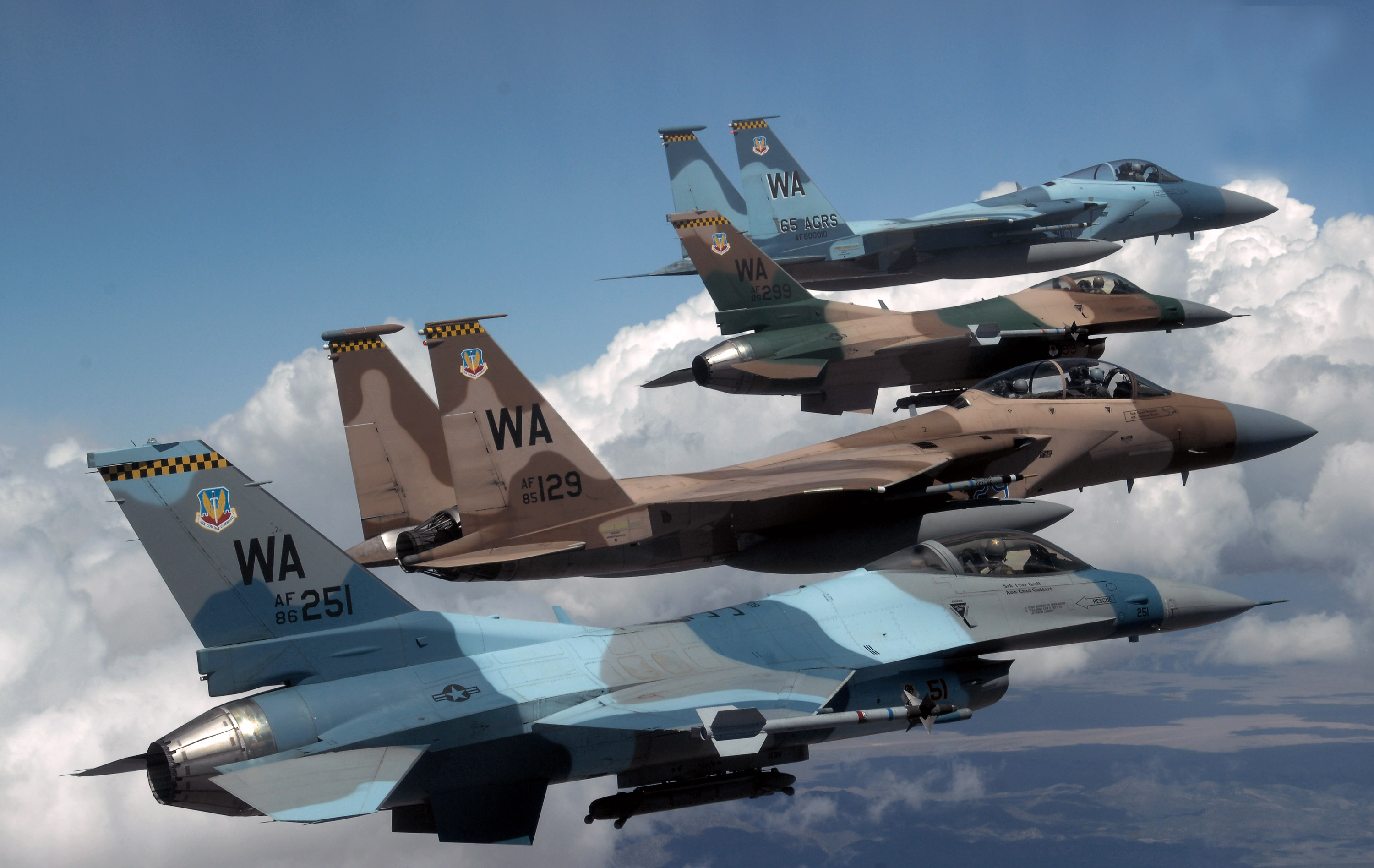
As well as training the human elements, introducing Skyborg-enabled drones into large-force exercises would also help train
them, enhancing their own AI algorithms, and building up their capabilities before going into battle for real. Essentially, algorithms need to be tested repeatedly to make sure they are functioning as intended, as well as for the system itself to build up a library of sorts of known responses to inputs. Furthermore, “training” Skyborg-equipped drones in this way in red air engagements inherently points to training them for real air-to-air combat.
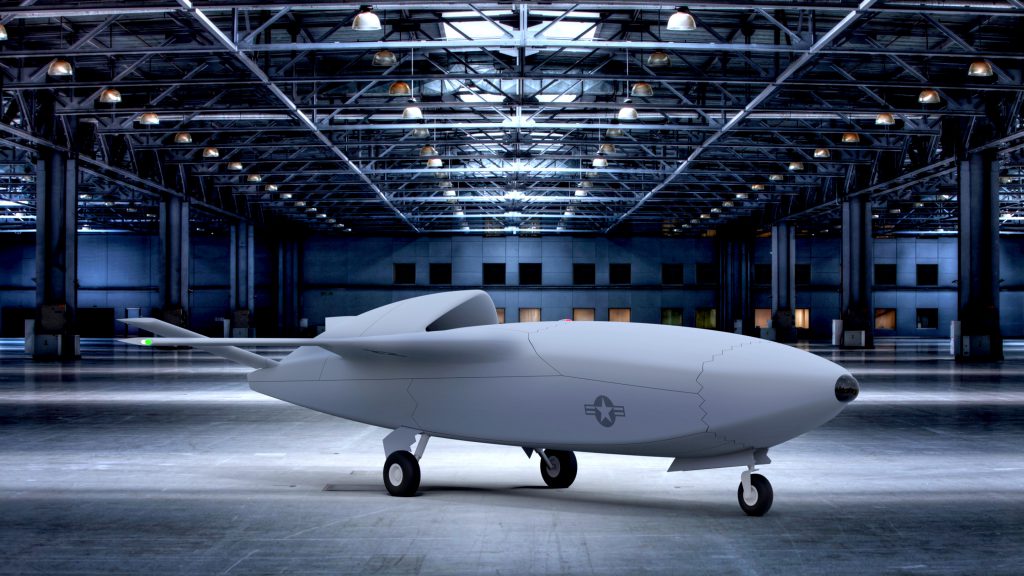
Air-to-air combat isn’t the only frontline role the Air Force is eying for drones carrying the Skyborg suite. “I think there are low-end missions that can be done against violent extremists that should be explored,” Roper said.
This opens up the possibility that lower-cost unmanned aircraft using AI-driven systems could help the Air Force finally adopt a light attack platform after more than a decade of abortive efforts in this regard. Despite initial plans to buy hundreds of aircraft, the service dramatically scaled back its most recent attempt, known as the Light Attack Aircraft program, in 2019. U.S. Special Operations Command (SOCOM) subsequently tried to revive the project, but Congress blocked that effort in its annual defense policy bill, or National Defense Authorization Act (NDAA), for the 2021 Fiscal Year.

So, there remains a requirement for a light attack platform that could potentially be filled by an advanced unmanned alternative. In the meantime, the Air Force had also attempted to cease buying MQ-9 Reaper drones, which currently undertake many of these types of lower-end combat missions, but this was ultimately blocked by Congress, too. Still, close air support (CAS) is a mission that still benefits hugely from a human in the cockpit. As such, the exact capability set of a semi-autonomous drone, in this regard, may be limited. One could imagine giving the targeting control directly to those the drone is tasked with supporting on the ground though. This could compress the kill-chain and help with providing CAS in contested environments where a stealthy and attritable airframe may be overtly beneficial. Just such a concept was floated by the then Air Force Chief of Staff General Mark Welsh, who described it as “a flying Coke machine.” You can read all about that in this past article of ours.
Roper had also indicated in his interview that perhaps the cost-savings from using drones in the adversary role might free up funds to otherwise address the light attack issue, as well as other needs the Air Force might have. Replacing “adversary air [with attritable unmanned aircraft] would save us money up front,” Roper explained.
With regards to manned tactical aircraft, Roper also revealed in the interview that the Air Force is looking at new purchases of F-16s. “As you look at the new F-16 production line in South Carolina, that system has some wonderful upgraded capabilities that are worth thinking about as part of our capacity solution,” he said.

Roper was almost certainly referring to the latest Block 70/72 variants of the F-16C/D that Lockheed Martin has been successfully selling on the export market in recent years. The company also offers an upgrade package to bring existing Vipers up to a similar configuration, known as the F-16V. In September 2020, the defense giant announced plans to standardize its F-16 offerings around a base model derived from the Block 70/72 configuration, which you can read about more in this past War Zone piece.
New Vipers based on this standardized model are what the Air Force would likely be looking to buy in Fiscal Year 2023 or beyond. The latest Block 70/72 jets are already highly capable, featuring sophisticated avionics, mission systems, active electronically scanned array radar, extended range, and a digital electronic warfare suite.
In the meantime, the Air Force is working hard to wring the most out of existing F-16 inventory, updating many with the Scalable Agile Beam Radar (SABR) and the new electronic warfare package from the Block 70/72.
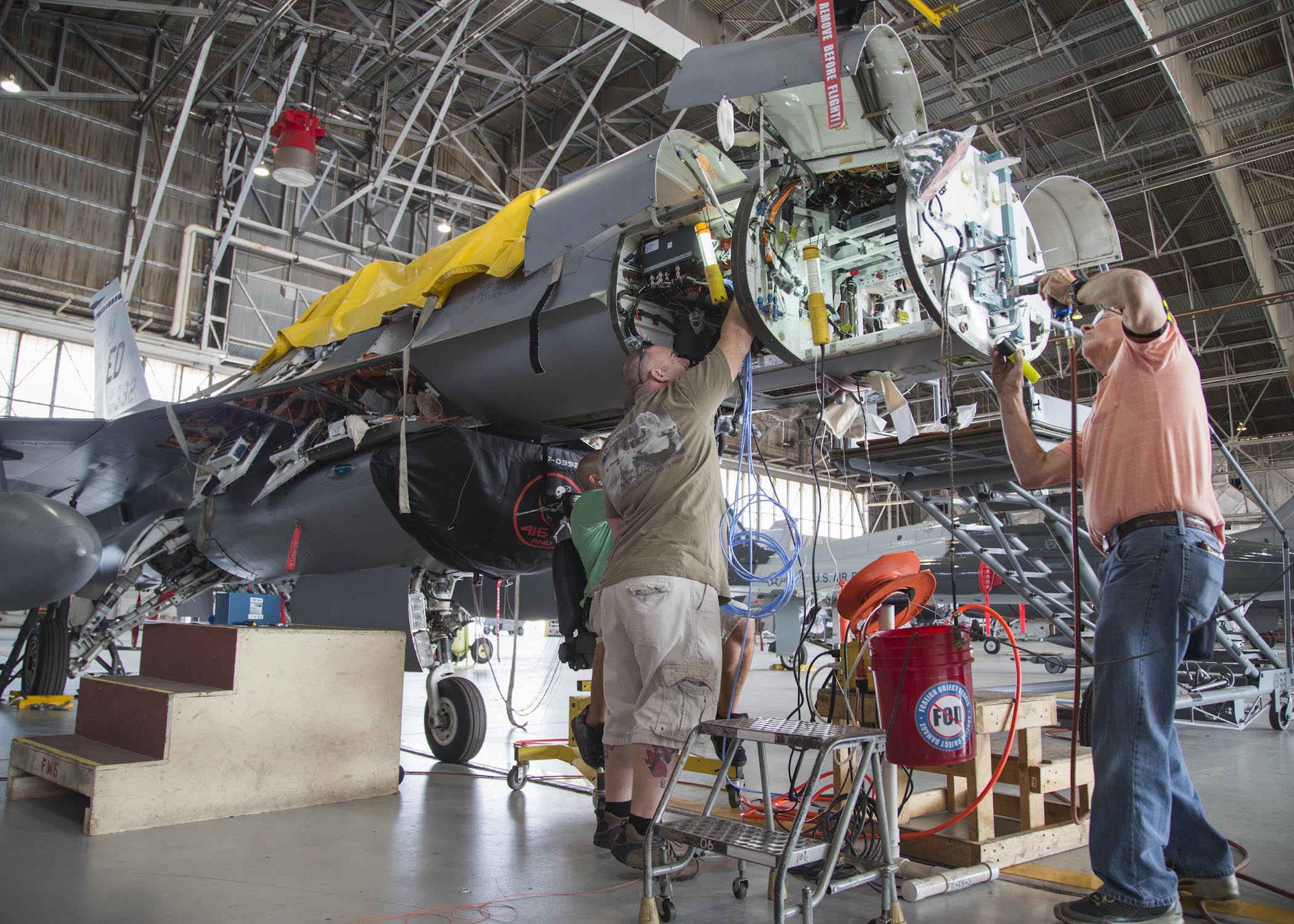
The Air Force has already committed to buying new F-15EX fighter jets to top up its current tactical fleet, but additional orders for the F-16 — which first flew back in 1974 — had not previously been talked about publicly. The idea of purchasing additional advanced fourth-generation aircraft seems to be driven in large part by concerns that the production rate for the fifth-generation F-35A might not keep pace with demand. Right now, at least officially, the Air Force still plans to buy 1,763 F-35As as part of the Department of Defense’s most expensive weapons program ever.
“I expect you’ll see other trades in terms of numbers of F-35s, up or down, and capability mixes with Block 4 vs. things one might do with F-15EX or NGAD,” Roper told Aviation Week. NGAD is the Air Force’s Next Generation Air Dominance program, which is taking a system-of-systems approach to developing future aerial combat capabilities, which you can read more about in this past War Zone piece. In September 2020, Roper said that some form of NGAD prototype had already flown, something he reiterated in an op-ed for Popular Mechanics that was published earlier this month.
“I think it’s [the F-35A] a long way from being an affordable fighter that we can buy in bulk,” Roper also told reporters during a roundtable event on January 14. “That’s why other tactical aviation options are appealing to have in the mix, so that the Air Force has options.”
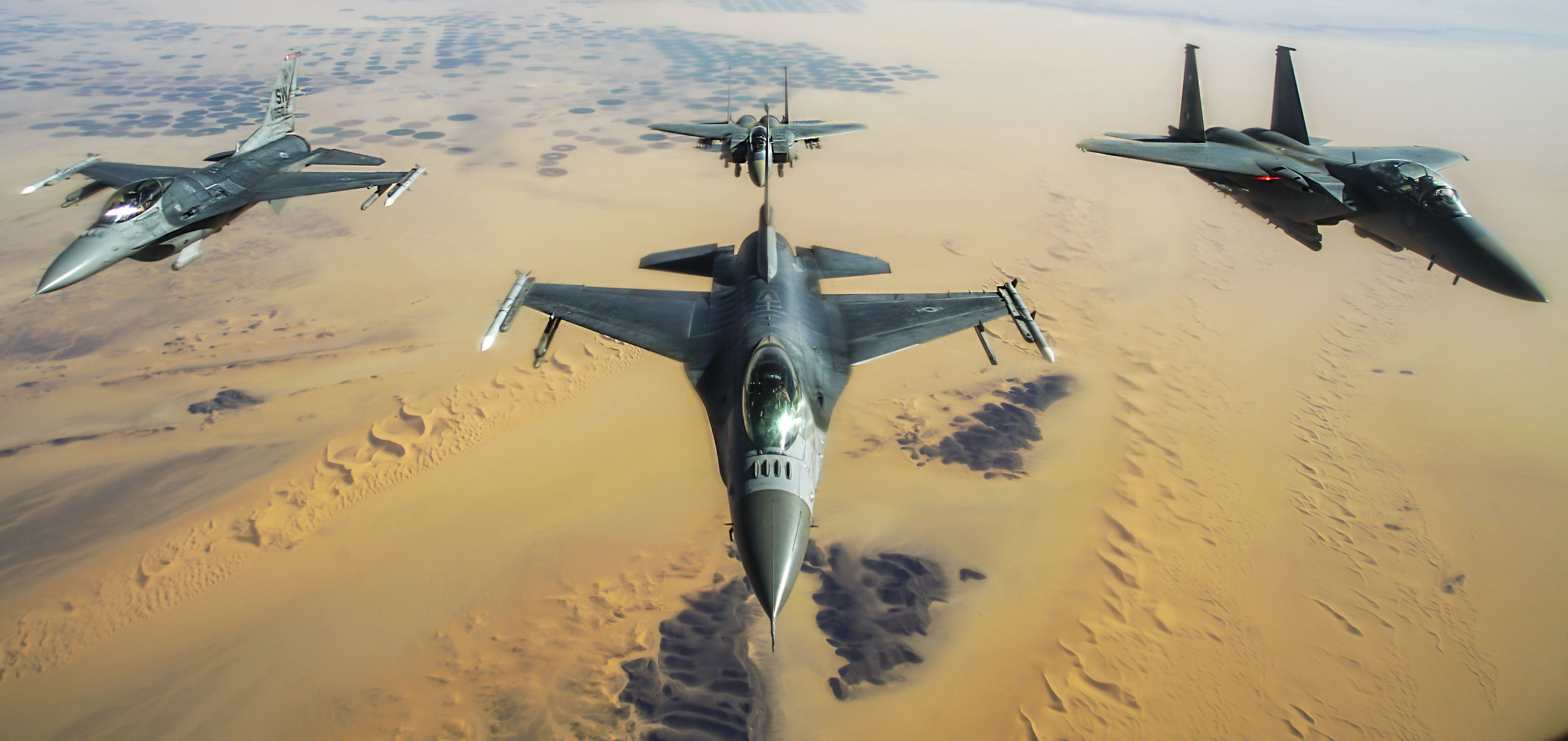
All of this is not necessarily new. Last December Aviation Week reported that the Air Force had, back in 2018, prepared a study that called for Air Force F-35A orders to be trimmed from the planned 1,763 to 1,050. While it’s true that unit prices for all F-35 variants have continued to drop since then, concerns have grown about the sustainment costs of the jets. As of 2019, the U.S. military estimated it would cost $1.196 trillion just to operate and maintain the full planned fleets of F-35s across the U.S. Air Force, Marine Corps, and Navy through 2070.
With these issues, coupled with a legacy fleet of tactical fighters that is aging fast, the F-16 presents a rapid and potentially cost-effective way of boosting the Air Force’s tactical aviation capacity in the near term. As Roper noted, the F-16 is still in production for export customers in South Carolina, so the jets could be readily available, provided that production slots can be reserved. What is more, the F-16 is very well-established in the Air Force, meaning the jets could slot more readily into existing logistics and support chains and make use of more existing infrastructure and training processes.
In addition, the ability of advanced versions of legacy fighters, such as the F-15, and to a lesser extent the F-16, to be adapted to carry new and varied weapons and sensors is compelling in its own right to airpower commanders as a compliment to new fifth-generation types. They can also typically carry heavier weapons loads than fifth-generation designs, allowing them to serve as “bomb trucks” to support their stealthy counterparts. The War Zone has highlighted the value of this high-low mix in the past with regards to the F-15EX specifically.
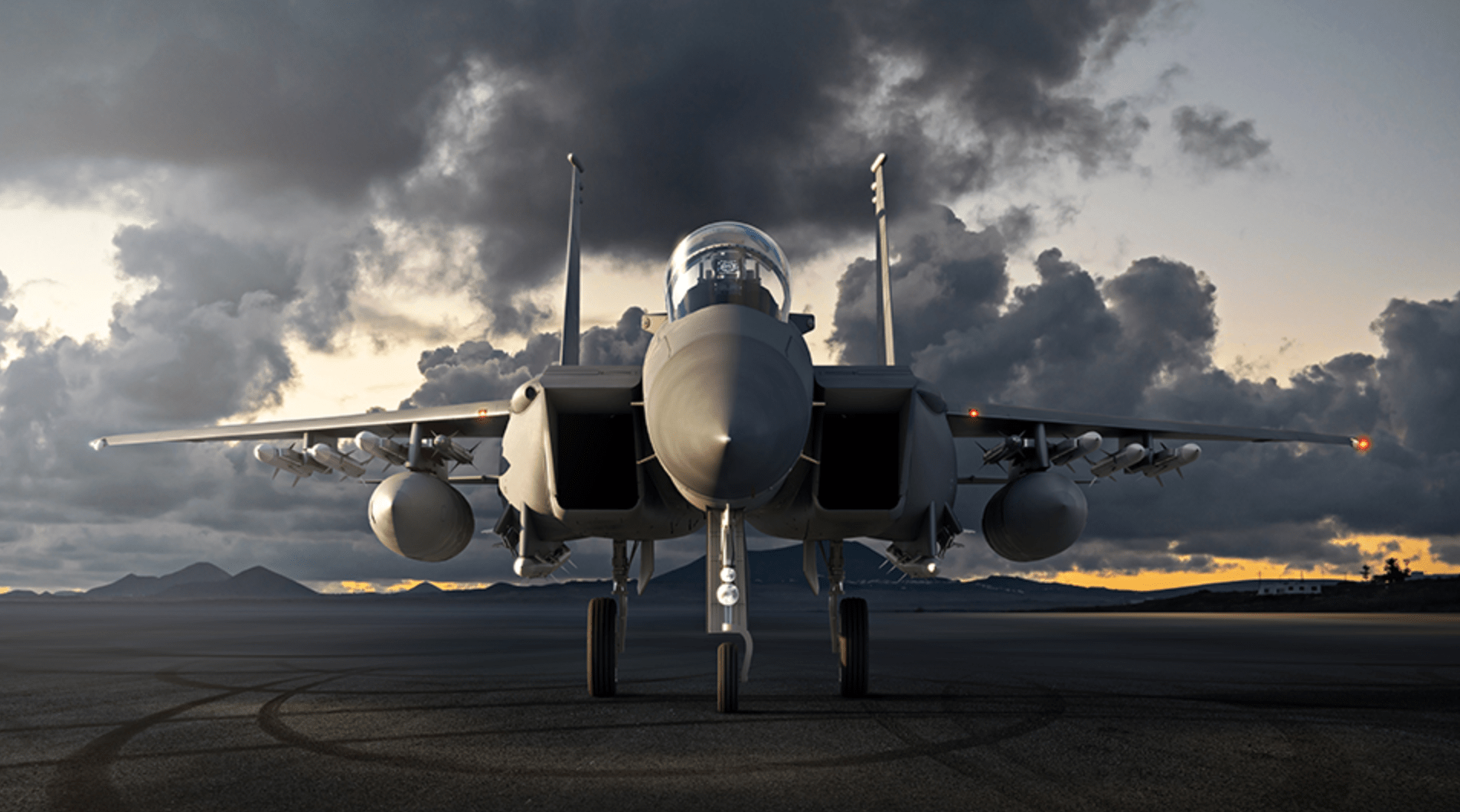
Ultimately, depending on how future budgets pan out, the Air Force could even find itself placing orders for both F-16 Block 70/72s and F-15EXs, as well as stealthy F-35As and, before long, a new stealthy combat aircraft, manned or not, under the Next Generation Air Dominance (NGAD) program. The existence of at least some kind of prototype or developmental testbed for NGAD was revealed by Roper last September.
One issue that this kind of planning does throw up is the viability of buying both F-16s and F-35s for the Air Force simultaneously. Even plans to buy the F-15EX faced criticism for their potential knock-on effect on F-35 orders and since both the F-16 and F-35 are Lockheed Martin products, that problem could become even more acute.

Regardless, with orders for all those aircraft becoming a real prospect, it raises the possibility of the Air Force facing a future where it is flying F-15s, F-16s, F-22, F-35s, and A-10s, plus Skyborg drones and maybe even first-gen NGAD aircraft, as well as UCAVs, simultaneously. All those different fleets would represent a very expensive tactical aircraft enterprise. That is, of course, unless it is able to divest certain fleets wholesale, as it has planned, but previous efforts in this direction have sometimes ended in failure.
While the Air Force will no doubt hope that the kind of advances in acquisition and program management that Roper so espoused, coupled with bleeding-edge production technologies, will help bring down the costs of its next-generation combat aircraft, it would seem clear that there could still be a place for manned tactical fighters like the F-15 and F-16 for many years to come. In fact, this scenario almost starts to look something like the “Digital Century Series” that Roper promoted in the past — in which smaller numbers of aircraft are produced quickly to meet dynamically evolving threats. The same concept could also potentially be used to balance the mix between high-end fighters like the F-35 and NGAD, and low-end counterparts like the F-15 and F-16, in order to make the most of the available budget. At the same time, beyond Roper’s vision, the Air Force brass has continued to talk about cutting entire legacy aircraft fleets in order to invest in newer capabilities. So, Roper’s ideas do not exactly square with the prevailing view that has persisted at least among many of the Air Force’s upper management in recent years.

Whatever happens next, it seems certain now that the Air Force program of record for the F-35A could change, depending also on the rate at which these jets can be built and the cost of their sustainment, both of which remain unclear long-term. But whatever the Air Force chooses to buy, the question remains of how the new Biden administration will deal with the defense budget, after increases in defense spending over the last three years under the Trump administration.
While Roper may now have resigned his position, the Air Force is clearly still wrestling with how its future tactical fleet should be shaped, and what the manned/unmanned and high/low mixes will eventually look like.
Contact the author: thomas@the drive.com
